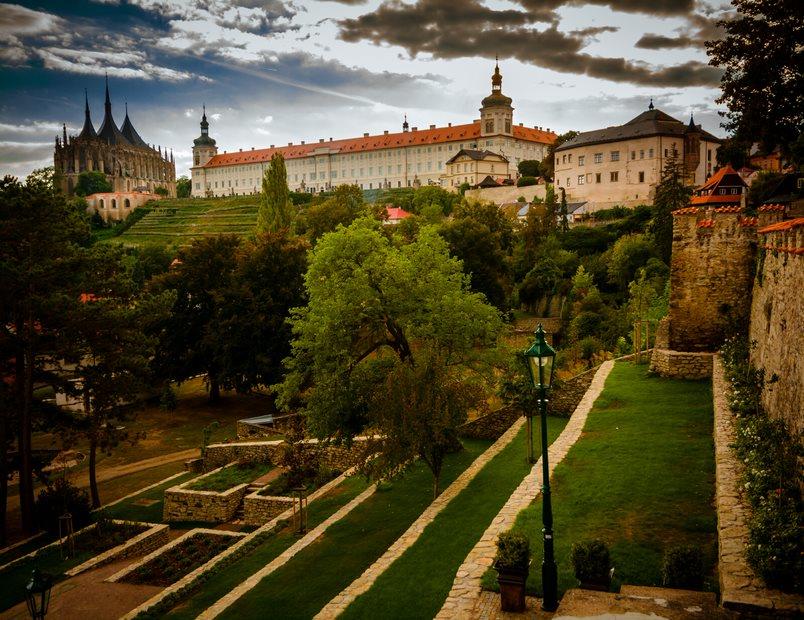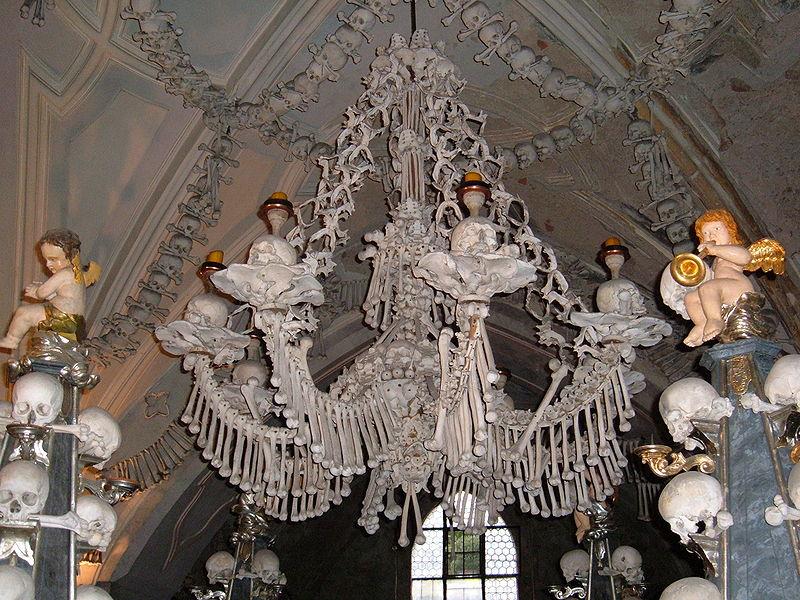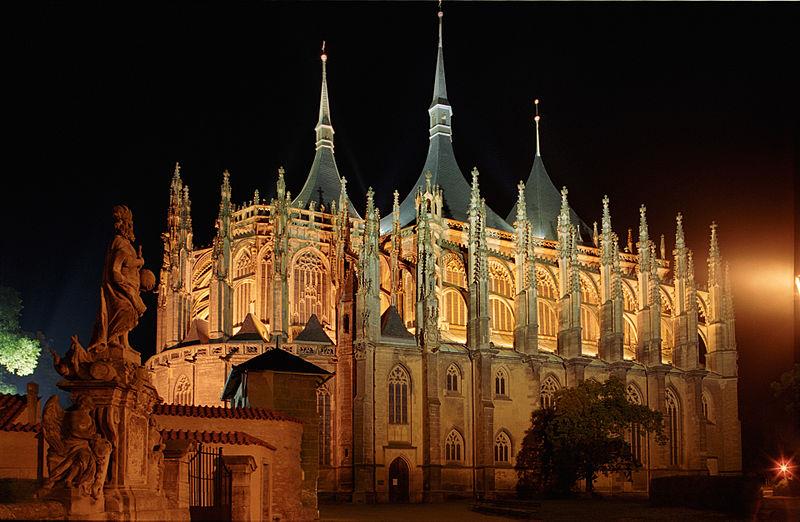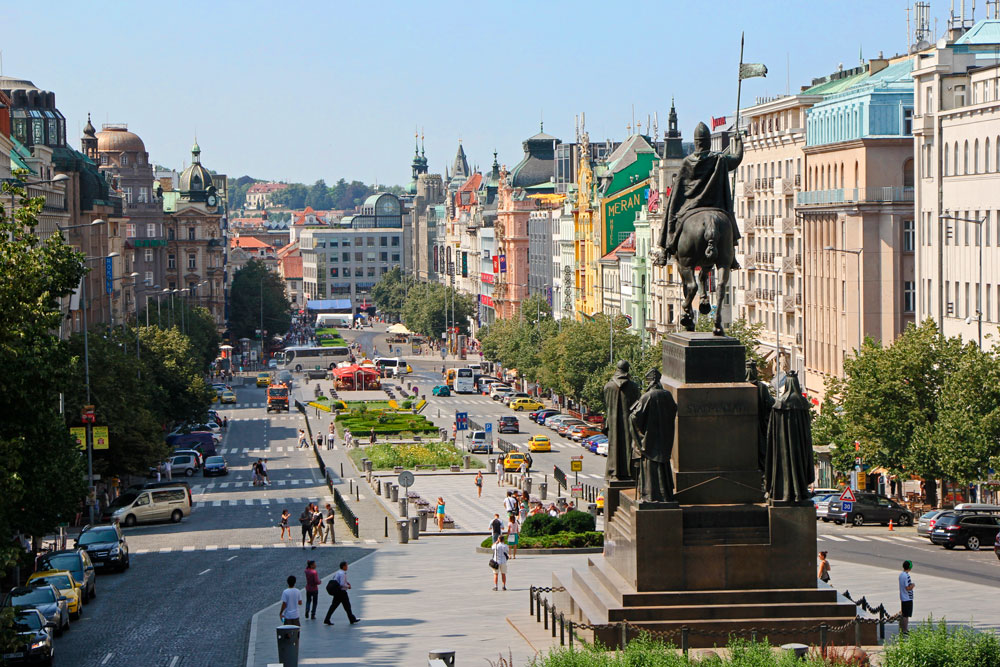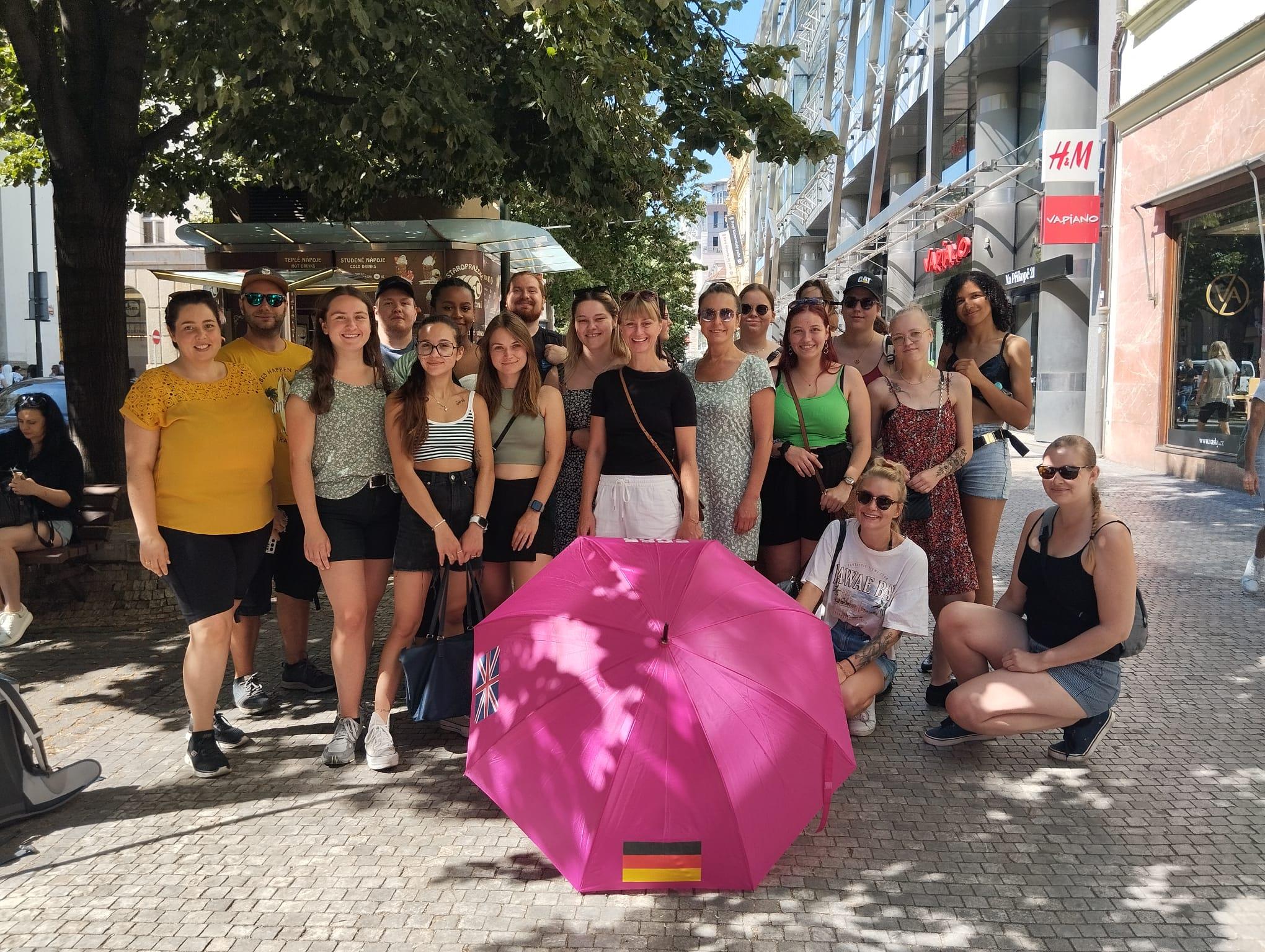Known as “The country's treasure”, Kutná Hora is one of the most important historical cities in Bohemia. Old mining town founded in the 13th century gave its wealth in silver to the Czech Crown.
Things to do Daytrip to Kutná Hora
Highlights to see in Daytrip to Kutná Hora
Details
Duration
6 hours
Language
Guide in Spanish
Price
A partir de 15 años: 60.00 €
Niños (3-14): 55.00 €
Niños (0-2): free
Availability and starting time
Not available
When to book?
You can reserve up to before the activity
Free cancellation
Cancel free up to 2 days before the activity and receive a full refund.
Included
Guide and transportation
Tickets
Bilingual speakin guide
1 Participación en Premios Mensuales:
Ver Premios
Excluded
Meals and drinks
Meeting point
Conditions
How to book?
Limited availability. Book as soon as possible to guarantee availability. Choose date and fill in the required fields. Secure and protected payment. You will immediately receive your booking confirmation.
Super safe route! COVID-19 efforts
Our route takes the recommendations and key considerations of security and protection against Coronavirus.
Is the interior of the monuments visited?
Exterior and interior of most named sites
Is the tour adapted for people with reduced mobility?
Almost fully adapted
Guaranteed departures without min of travelers
Not
Are animals allowed?
Not
Activity recommended for children?
Yes, families are welcome
Our promises
Best price guaranteed
Quick and easy reservation
Multilingual Customer Service
Secure payment
Contact us
Do you have any question?
Would you like this tour in private?
Reservation
Cancel or modify reservation


